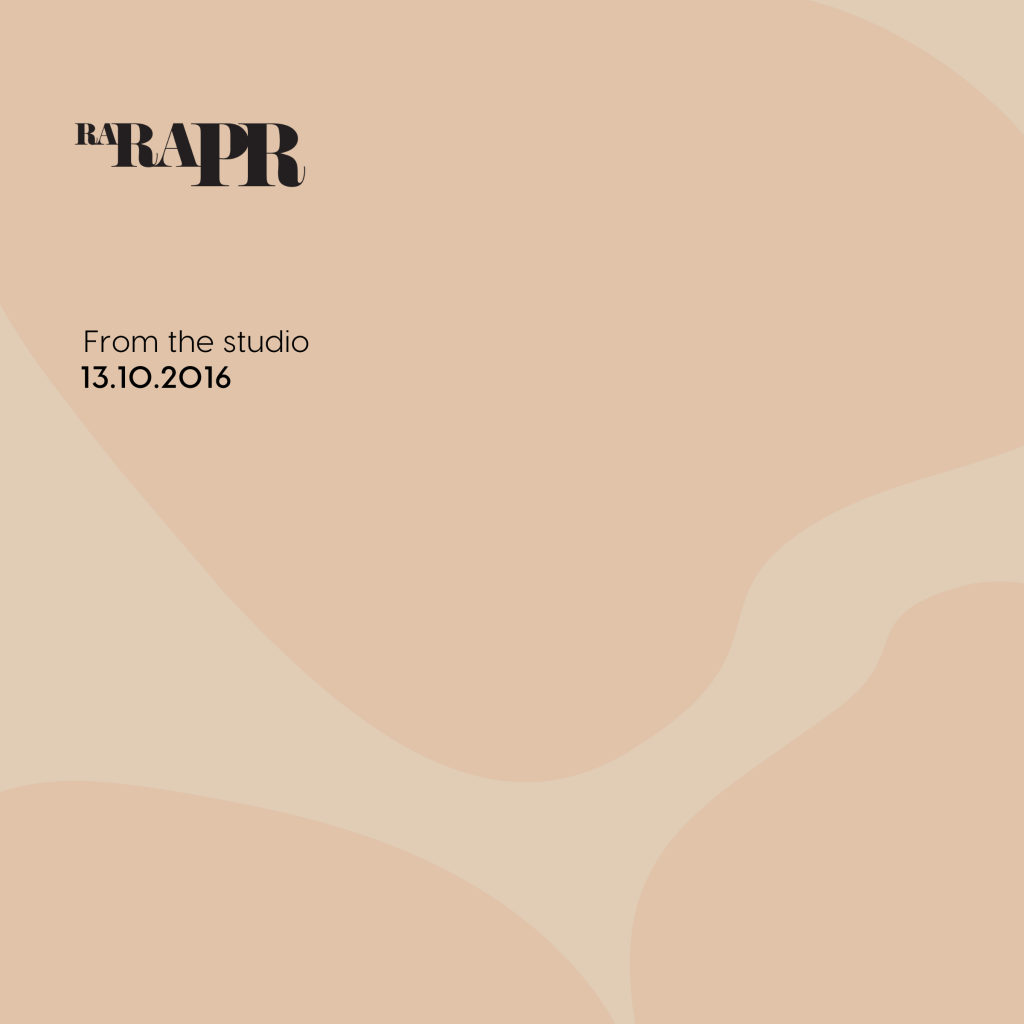
FROM THE STUDIO//: Once upon a time, fashion trends mattered. Really mattered. One runway show could send the hemlines of a generation of women sky high (or vice versa), set the style agenda or scandalise through its pure audacity.
The 20th century saw style evolve from the corset-and-bustle to flapper style, followed by Dior’s New Look, then mini skirts. Bohemian hippy style existed next to the disco glamazon, who morphed into the New Romantic. Power dressing gave way to grunge and logo-mania saw fashion hit peak branding.
Yet since the turn of the millennium, the shock of the new is hard to come by. Rather then reinventing itself, fashion is revisiting transformational moments from last century. The most recent Paris Fashion Week strongly evoked the eighties, following closely from the recent revivals of the seventies and nineties.
None of which is to say that fashion no longer thrills or holds any appeal. Far from it. The rise of street style and fashion blogs are testament to this— with many bloggers training their lens on themselves rather than the runway. What it means though is that fashion today is without limits. Hemlines can be maxi or mini. A woman can dress feminine or masculine. A man can be a dandy or a rockabilly; skater or suave.
As such, a brand’s story matters more than ever. With so much choice, shoppers are less likely to buy into a label (and stick with it) just because it conforms to a trend. Rather, they invest in the philosophy, the heritage or the craftsmanship. And a story that customers can buy into is one that ends happily for everyone.


